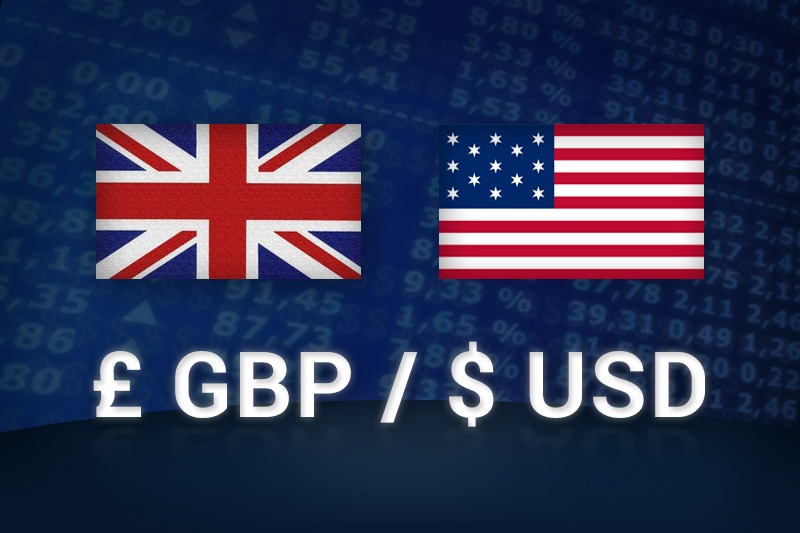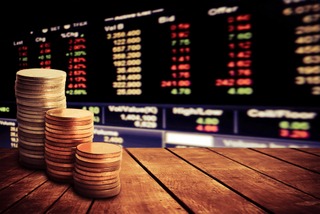The EUR fell as the USD rose to almost 1-year highs. The Turkish Lira and Russian ruble continue to slide. As members of the Russian government dubbed it an Economic War which they will respond to via other means.
Global Stocks:
Global Stocks were in a fix. The Chinese stocks upheld gains till Market close with the Shanghai Composite sitting at 0.038%. The Upbeat mood may have been too limited to reach the EU shares early Friday EU market morning. However, with about 24 companies set to announce their earnings before the weekend surprises could not be ruled out.
- Germany 30: Has been lingering since Thursday in and out of gains. By the time of print 07:15 GMT, it was down 0.76% between 12,525.26 – 12,588.38
- UK100: With ongoing uncertainties surround the Brexit Stocks have been seen wavering today it shed 0.51% to ranging down from 7,714.79-7,700.31 Perhaps the deluge of economic data set to be released at 08:30 GMT on GDP, Exports, and Industrial production may induce a short-term correction to the upside. Yet remains to be seen.
- Italy 40: Continued plummeting down -1.14 with more downwind possibly to 21,310.50 and beyond from 21,447.00
- France 40: has been confined to a bearish trend trending from 5,433.21 – 5,466.67 down 0.93% with more drag than flight.
Currencies:
As some investors bank and closed positions in a quasi, profit–taking mode the USD extended gains. In that, the USD, remained broadly strong over most of the six major except JPY.
- USD/JPY was bearish as Japan tweaks its economy to withstand any turbulence i.e. keeping cordial relations with the US and avoiding and ping pong of Trade wars. The dollar dropped 0.30% to the Yen from 111.17 -110.61
- NZD/USD Oscillates between 0.6571 – 0.6622 down 0.35%
- GBP/USD Has not recovered market participants hope the reports on GDP and Industrial Production could revitalize sentiment. For now, the pair a lock in a downward spiral ranging between 1.2736 – 1.2912 yesterday’s resistance level has still not been breached.
- EUR/USD Following our post yesterday, in which we stated that the “EUR lost its’s Center bot”. we could safely say it still has not found it. The EUR sagged even further down 0.51% with more down winds before any major corrections, for now, the pair could be spotted trading from 1.1537 -1.1432 down 0.64%
Commodities: Where cringing as the USD gained Gold fell gold prices dipped 0.38% range bound from, 1,213.20 – 1,220.90. XAU/USD indicated a plummet of 0.35% range bound between 1,205.82 – 1,213.39.
- Oil prices got a slap in the face. As investors are sensitive to developments in the heating trade disputes between the US and China which could halt economic increment and a healthy demand for fuel.
- Ahead of today’s Baker Hughes Rig Count Oil contracted dropping from 66.91-66.16 steep decline of 0.55%
Cryptocurrencies;
- Unlike Thursday when about 88 of the 100 major Token were bullish the number of Bullish tokens today have dropped BTC /USD are 1.30% up hover still struggling to hold onto the 6500 handle perhaps the corrections will come in during the weekend.
For further details please visit xtrade.com. You may also leave your comments below.





